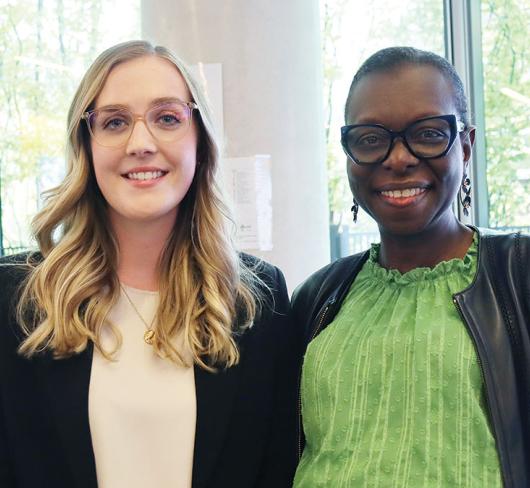
Class Composition: A growing concern for all teachers (CTF Report)
There’s no such thing as a teacher who doesn’t have a diverse classroom in one form or another. We have a world of children from all over the globe in our classrooms. As teachers, we are expected to understand all our students and to give them the best education we can. We are fortunate to have a public education system that embraces this rich diversity. In the last 20 years, the concept of diversity has evolved well beyond the more traditional definition of special needs. It includes children manifesting behavioural challenges as well as children with diverse socioeconomic backgrounds, languages, cultures, religions, and sexual orientations.
As a result, teachers have had to change their teaching to accommodate their students’ learning. The expectation that comes with inclusion is that teachers will customize their program for the individual student. This expectation has transformed the way we teach: more time is required for preparation, for meetings with specialists and parents, and for planning with a special education assistant – if you are lucky enough to get one. We are now teaching several classes at once, while trying to keep things going in one direction at the same time. The classroom has become more like the old one-room schoolhouse, but with a wide range of abilities rather than ages.
A 2007 national teacher survey funded by the Social Sciences and Humanities Research Council and conducted by the Université de Montréal showed that 85.9 percent of teachers said inclusion of special needs students had a major impact on their work. In addition, 84.5 percent of teachers surveyed said a reduction in human resources also had an impact on their work.
The issue of students with special needs will not disappear unless there is a major shift toward more funding, additional supports, and new approaches. Behaviour issues are surfacing because students’ needs are not being met. That’s why teachers talk so often about class composition as their biggest challenge. They support inclusionary practices if they have the supports to make them work.
The issue of class composition has been declared a priority by the Canadian Teachers’ Federation. Over the next few years, the federation is recommending, among many proactive measures, that collective agreements include language relating to class composition and the extra work required to include children with special needs.
As we strive to make our public education system work for all our children, we need to make sure our teachers are challenged, but not overwhelmed, by their workload and the demands we place on them.
